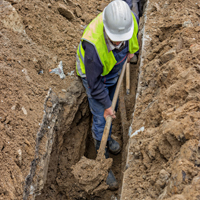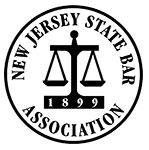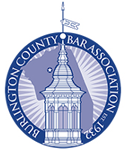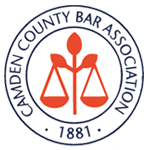 According to the Occupational Safety and Health Administration (OSHA), an excavation is “any man-made cut, cavity, trench or depression in the earth’s surface formed by earth removal.” A trench, on the other hand, is defined as “a narrow underground excavation that is deeper than it is wide, and is no wider than 15 feet.”
According to the Occupational Safety and Health Administration (OSHA), an excavation is “any man-made cut, cavity, trench or depression in the earth’s surface formed by earth removal.” A trench, on the other hand, is defined as “a narrow underground excavation that is deeper than it is wide, and is no wider than 15 feet.”
Though construction proves one of the deadliest industries for workers, the fatality rate for excavation is 112 percent higher than that of general construction. In 2016 alone, 23 workers were killed in trench collapses – more than 2014 and 2015 combined.
Work Conditions
According to OSHA, the standard for trenching and excavation necessitates a protective system for trenches that are at least five feet deep, unless such excavation is done through stable rock. Types of protective systems include:
- Sloping (benching): This involves cutting the trench wall back at an angle with an incline that is away from the excavation.
- Shoring: This involves installing aluminum hydraulics or other supports to prevent the trench from caving in.
- Shielding: This involves the use of trench boxes or other supports to prevent cave-ins.
To choose which protective system is appropriate, several factors are examined, including the depth of cut, classification and water content of soil, climate-driven changes, surcharge loads, etc.
OSHA requires a safe means of access or egress, such as ladders, steps, and ramps, to be located within 25 feet of all workers for excavations that are at least four feet deep.
Heavy equipment should be kept away from the edges of trenches, as should surcharge loads. Work should never be performed under any raised loads.
According to the Director of Engineering, Research, and Product Development at National Trench Safety, two of the most common causes of serious injuries and fatalities occur in situations either where there is no shoring, or where the shoring system is misapplied.
Competent Workers
One of the most important safety aspects of trenching and excavation is pre-planning. The competent person leading or managing the operation must understand regulations, as well as existing and potential hazards. Employees must be trained on trench safety, and an emergency plan should be in place should something go awry.
The competent person is the one responsible for inspecting trenches prior to a job, and for inspecting it after any events that may contribute to changing conditions or increased hazards.
Various questions that the competent person should find the answers to, upon assessing a job site, include:
Is a trench/excavation:
- 4+ feet deep?
- Containing water?
- Is the means of access and egress are adequate?
- Exposed to vehicular traffic?
- Adjacent to stable structures?
- Is there equipment operating near the trench/excavation?
- Does equipment have a warning system?
- Does trenching or excavation requires sloping, shoring, or shielding?
- What emergency rescue equipment is required?
- Is there documentation of the minimum daily excavation inspection?
Cherry Hill Workers’ Compensation Lawyers at Pietras Saracino Smith & Meeks LLP Help Injured Workers
If you or a loved one has been injured while trenching or excavating, it is important that you seek out an experienced Cherry Hill Workers’ Compensation lawyer at Pietras Saracino Smith & Meeks LLP who understands. Call 856-761-3773 or contact us online today for a free consultation. We represent clients in the City of Camden and throughout South Jersey.






